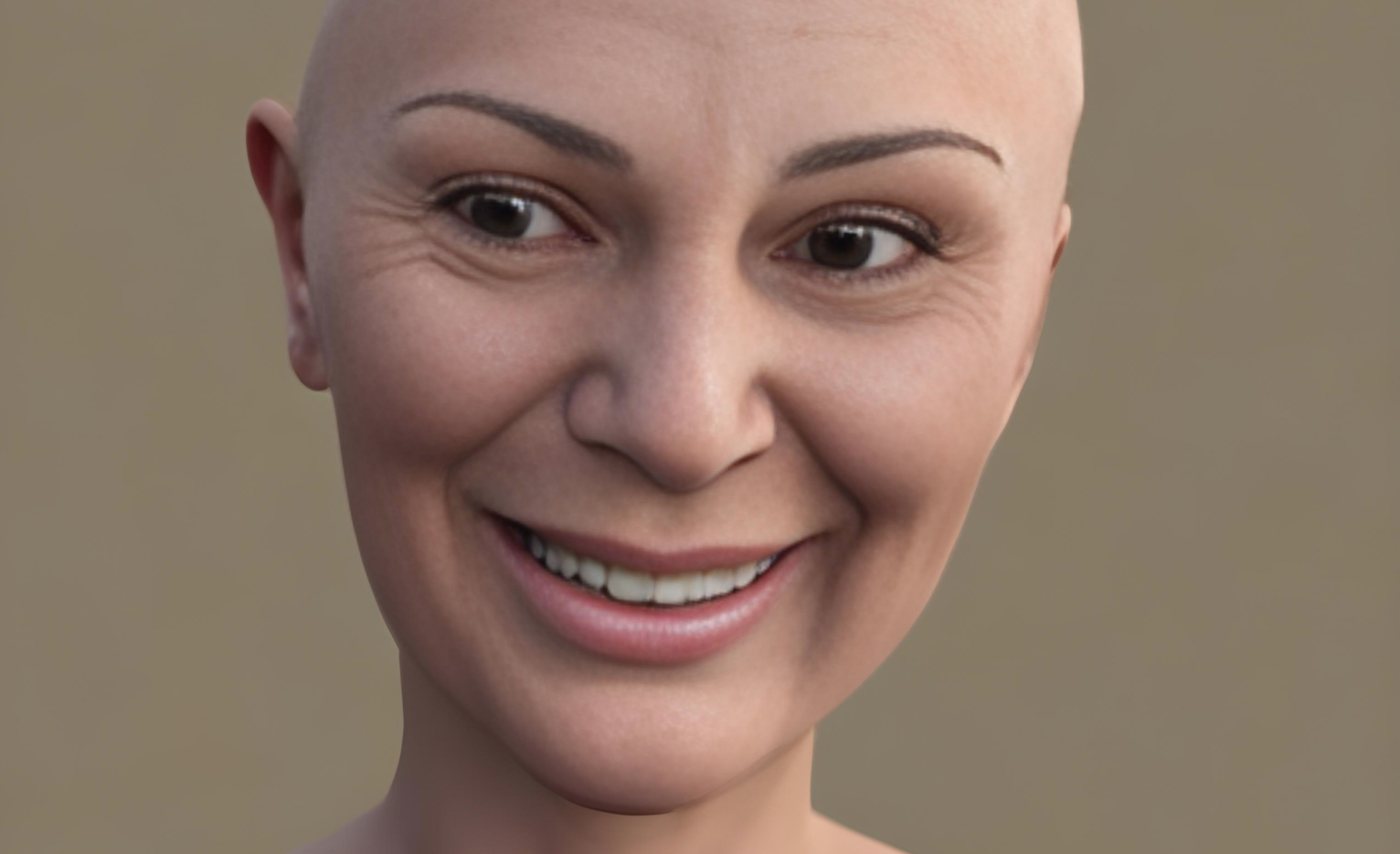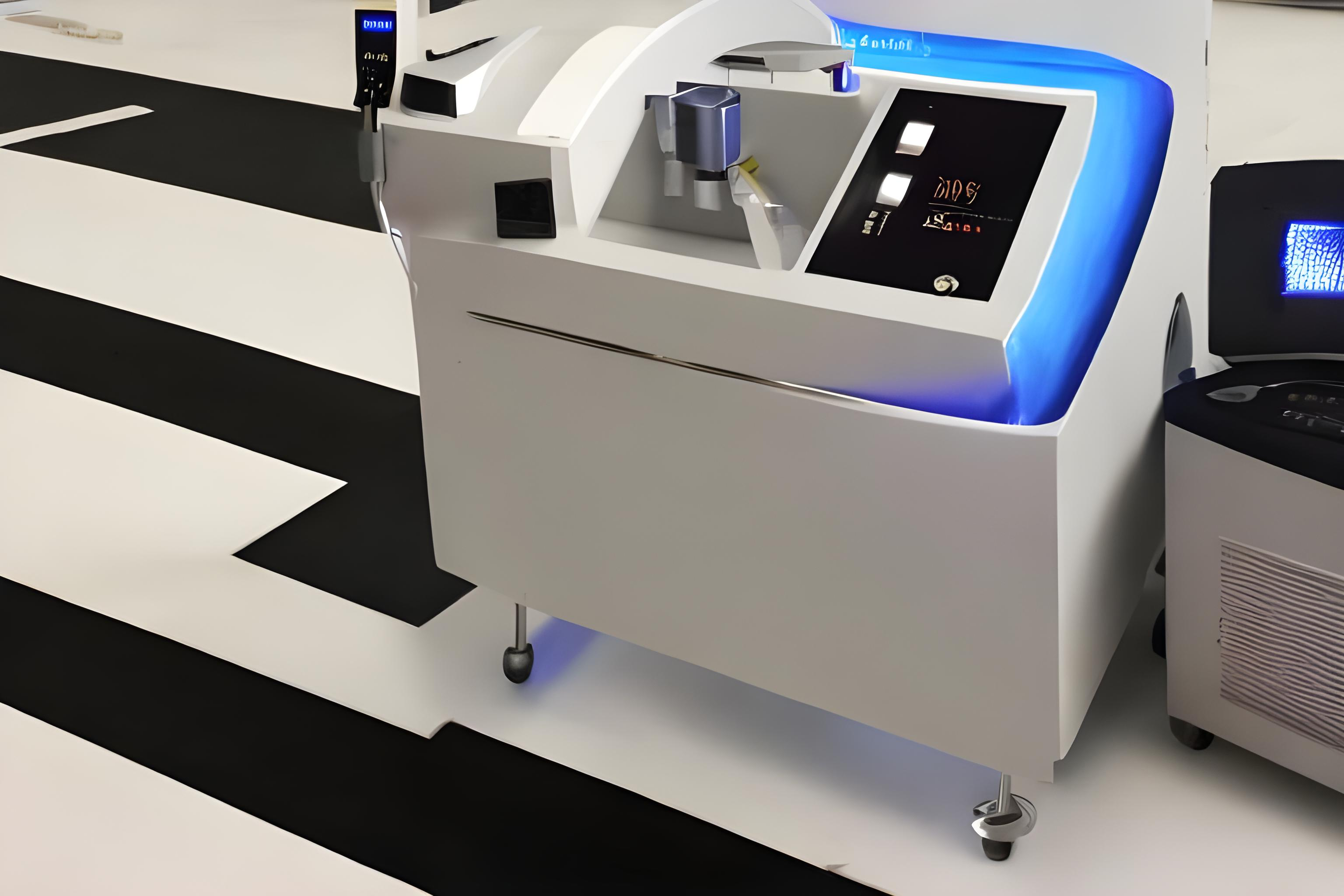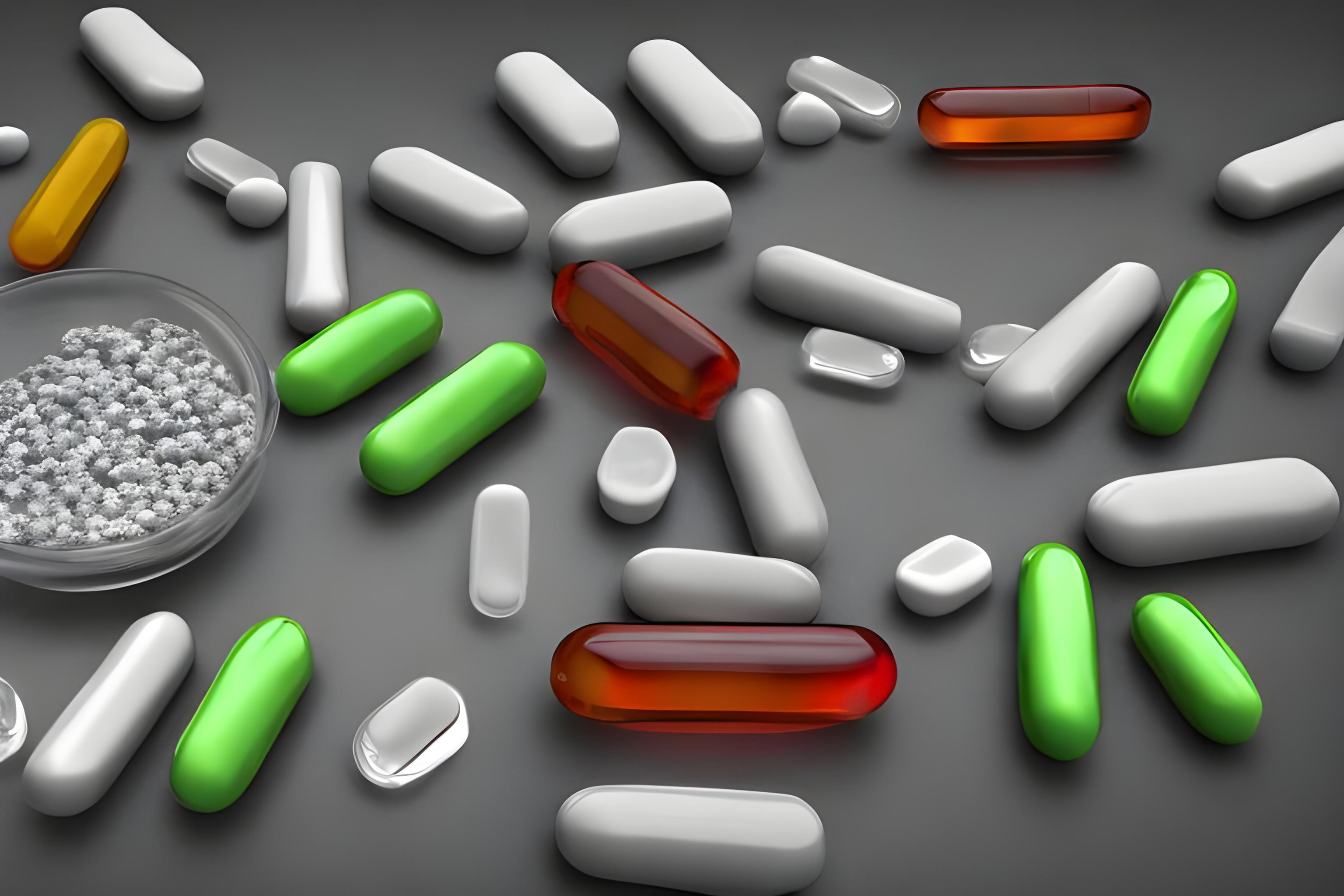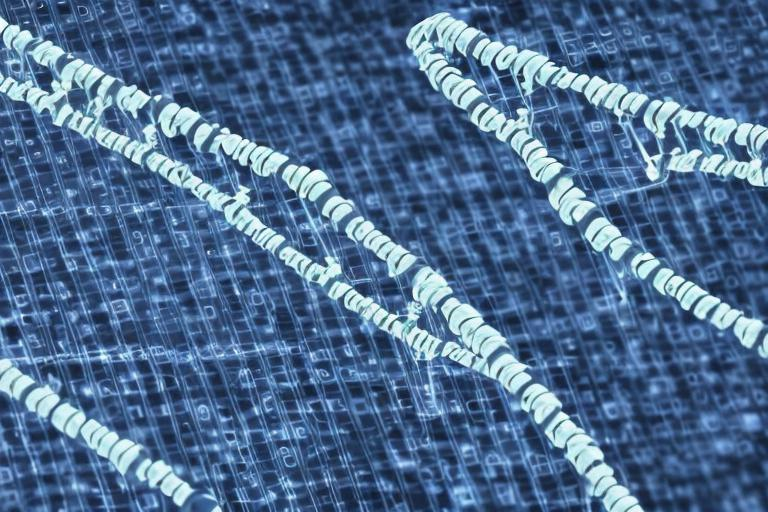
Quick reminder: chemotherapy is a treatment that is given intravenously. The infusions are made in the area of a central venous catheter, a box under the skin connected to the vena called cava, at the level of the thorax. This treatment works by inhibiting the mechanisms of cell division.
Chemotherapy can act on tumor cells wherever they are in the body and its objective is to reduce the risk of cancer recurrence.
So we can say that all women with breast cancer will have chemotherapy treatment. Its indication is selected during the multidisciplinary consultation meeting according to the stage of cancer and its aggressiveness.
For example, triple-negative breast cancer, which is an absence of hormone receptors and growth factor HER2 expression, is generally more aggressive than hormone-dependent cancer with a low cell multiplication rate.
Chemo can be proposed before surgery, it is called neoadjuvant chemotherapy. It is indicated in case of inflammatory breast and/or in order to reduce the size of the tumor to perform breast-conserving surgery.
Chemotherapy may be offered after breast cancer surgery depending on the lymph node status and the aggressiveness of the cancer, this is called adjuvant chemotherapy.
Chemotherapy is also offered in patients with metastases. However, in metastatic hormone-dependent cancers, first-line anti-hormonal treatment associated with targeted therapy is more often indicated.
Chemotherapy in breast cancer has significant side effects: hair loss (a cooling helmet can be used during the procedure to prevent hair loss), nausea, and vomiting for which specific anti-nausea treatments are prescribed, but also digestive disorders and inflammation of the oral and/or vaginal mucous membranes.



